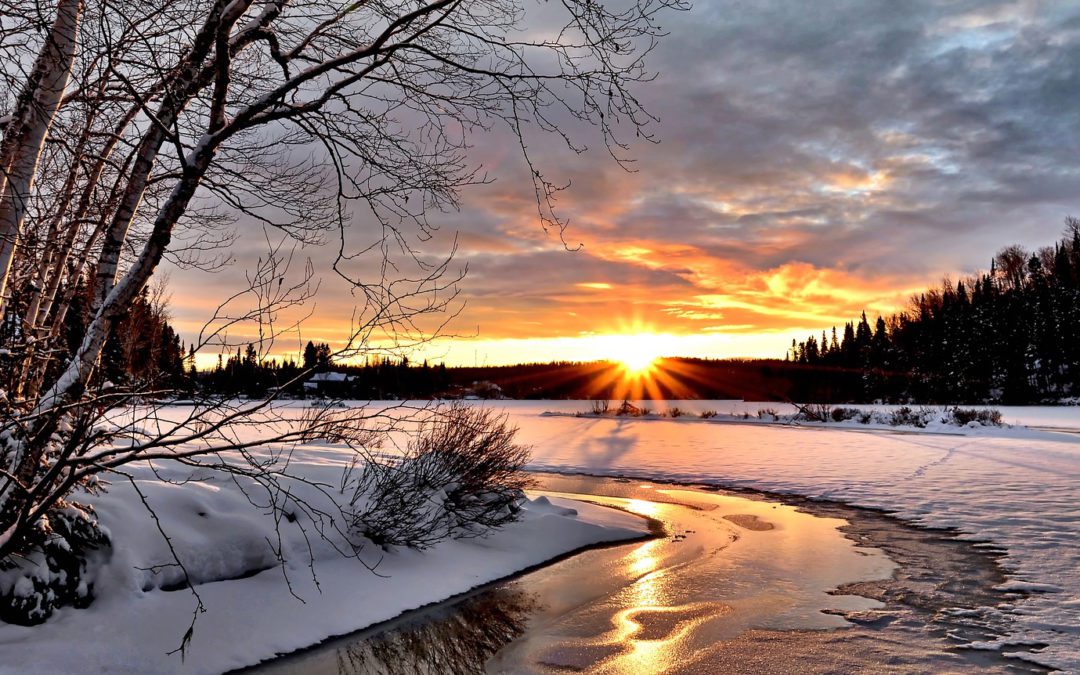The term winter solstice marks the day when the earth’s axis tips us, and the rest of the Northern Hemisphere, the farthest from the sun, so that the sun appears at its lowest and weakest point in the sky. And with only eight hours and fifty-nine minutes between sunrise and sunset, we know it simply as the shortest day of the year. At 4:02AM on December 21st, the sun will stand still and then begin the slow and laborious climb to summer. Many of the traditions and legends of the winter holidays have their roots in pagan celebrations from northern Europe, where the long winter brought the longest darkness, the deepest cold and the greatest fear.
Cultures all over the world have celebrations of light at this time of year. The season began with St Nicholas Day on December 6th. Bodhi Day, a celebration of the Buddha’s awakening follows quickly on the 8th. Next is the Swedish Lucia’s Day on the 13th. We’re all familiar with Hanukkah, which begins on December 18th and continues to the 26th. The ancient Roman holiday of Saturnalia is next on the 17th. Misa de Aguinaldo is a Puerto Rican observance on December 18th, followed by my favorite, the Winter Solstice, or Yule on December 21st. The Mexican Noche de Rabanos, or Night of the Radishes is celebrated in Oaxaca on the 23rd. Extremely large radishes are carved into elaborate scenes and figures and placed on display. Of course, our most widely celebrated holiday is-Christmas Day on December 25th. The English Boxing Day is next on the 26th. The African American Kwanzaa starts on the 26th as well, and is celebrated until January 1st. Muslims make a pilgrimage to Mecca on the Day of the Hajj on December 30th. First Night and the Scottish Hogmanay are celebrated on the 31st. And we’re all taking it easy, watching parades and college football on January 1st.
All of these celebrations, rituals and observances have their roots in some element of promise or self-sacrifice. We like to think that this seeming victory of light over dark as a metaphor for survival and rebirth. Because as nature cycles endlessly, surely morning will follow the night and spring’s growth will triumph over the winter’s slumber. And evergreen plants, with their apparent ability to defy winter’s death, have long been sacred to the celebrations of this time of year.
Unlike the people of ancient times, we have science and knowledge on our side. We know in way that our ancestors could not, that this day is an astronomical observance. But try to imagine for a moment, the fear that this long slide into darkness might induce. And then, think about the joy and relief that the sunrise on the morning of December 22nd will bring.
But knowing in your head is not the same as knowing in your heart. Real comfort comes from light and warmth, family and friends. So deck your halls with evergreens. Light candles and fireplaces. Tell stories of hope and sing songs of rebirth. But whatever your tradition, take a few minutes to go outside and enjoy the fleeting hours of light. Say hello to the rising sun. There is no surer sign of the warmth to come.


